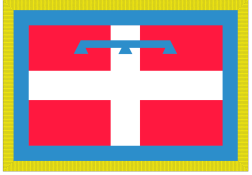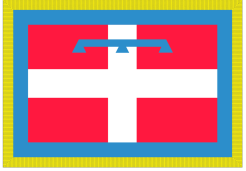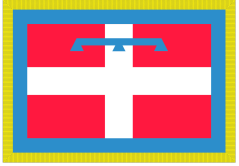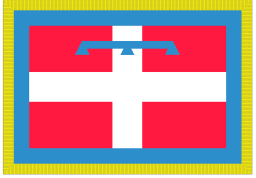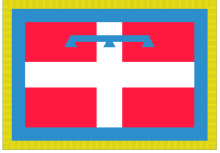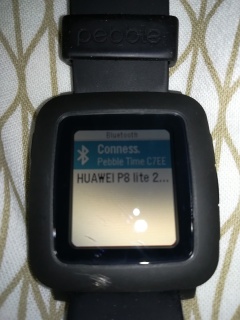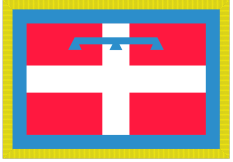
 Blog di Luigi Alfonso Viazzo aggiornato e completo @
Blog di Luigi Alfonso Viazzo aggiornato e completo @
http://luigialfonsoviazzo.altervista.org
La Luna aveva dunque triplice forma e mistero: la vergine Diana (Artemide), con il suo arco da caccia, era la falce crescente; Selene la Luna Piena; la triste Ecate la Luna Nuova collegata al mistero della Luna “scura”. Il mito di Selene è legato in particolare ad Endimione il giovane e pastorello amato dalla dea mentre era nel sonno e che, da quel giorno, vive addormentato.
Questa storia evoca quindi il mistero del mondo notturno della Luna. Endimione era un giovane e bello, e, poiché lo desiderava, la Dea Luna scese dal cielo per recarsi alla radura in cui dormiva. Il giovane pastore non poté mai più vederla nella sua forma argentea, poiché Selene lo fece sprofondare nel sonno e da allora vive addormentato, in trance per l’eternità; e la Luna scende ogni notte per unirsi a lui.
Ecco quindi che fra le brume di un bosco il cerchio si chiude… (fine)
Il link @ Nebbie di Plutone
English version
Thus the Moon had threefold form and mystery: the virgin Diana (Artemis), with her hunting bow, was the crescent; Selene the Full Moon; the sad Hecate the New Moon connected to the mystery of the “dark” Moon. The myth of Selene is linked in particular to Endymion the young man and shepherd boy loved by the goddess while he was in sleep and who, since that day, lives asleep.
This story therefore evokes the mystery of the nocturnal world of the Moon. Endymion was a young and beautiful boy, and, as he wished it, the Moon Goddess came down from heaven to go to the clearing where she slept. The young shepherd could never see it again in its silvery form, for Selene plunged it into sleep and since then has been living asleep, in trance for eternity; and the Moon goes down every night to join him.
So, in the mist of a wood, the circle closes … (end)
Traduzione in latinorun per gioco (by Google Translator)
Forma sacramenti et luna ter virgo Diana (Diana) cum venatibus arcus lunatum crescebat; Selene Plenilunium; tristi cum lucis Hecate praefecit lunae novae lunae pertinent ad mysterium per “tenebras”. Fabula exstant ex Selene est debitum ad praesertim iuvenes dum pastor proderit Endymion dilectae deam per somnum et fuit ex die illa, vivit somnum.
Haec fabula ita resonans de nocturnus mysterium lunae mundi. Endymion adulescens decorus, et voluit Luna dea caelo delapsum ad eluendas cum dormienda. Non potest puer esset pastor et videre illam in specie argentea puris, ut ex Selene habitabat in illum descendat in somnum, et in somno, vidi in excessu mentis in aeternum; descendit et luna nocte evocavit.
Unde et in terram elatam traderet silva plena circulus … (finis)

Nichiozo Copèrnico (ted. Niklas Koppernigk, lat Nicolaus Copernicus), astronnomo e cosmollogo…
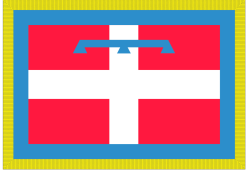
Spunto in Piemontese by Wikipedia

